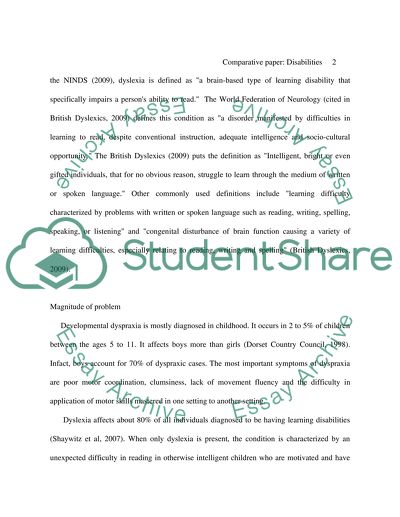Cite this document
(“Comparing different theoretical approaches for two disabilities Research Paper”, n.d.)
Retrieved from https://studentshare.org/family-consumer-science/1411904-comparing-different-theoretical-approaches-for-two
Retrieved from https://studentshare.org/family-consumer-science/1411904-comparing-different-theoretical-approaches-for-two
(Comparing Different Theoretical Approaches for Two Disabilities Research Paper)
https://studentshare.org/family-consumer-science/1411904-comparing-different-theoretical-approaches-for-two.
https://studentshare.org/family-consumer-science/1411904-comparing-different-theoretical-approaches-for-two.
“Comparing Different Theoretical Approaches for Two Disabilities Research Paper”, n.d. https://studentshare.org/family-consumer-science/1411904-comparing-different-theoretical-approaches-for-two.


